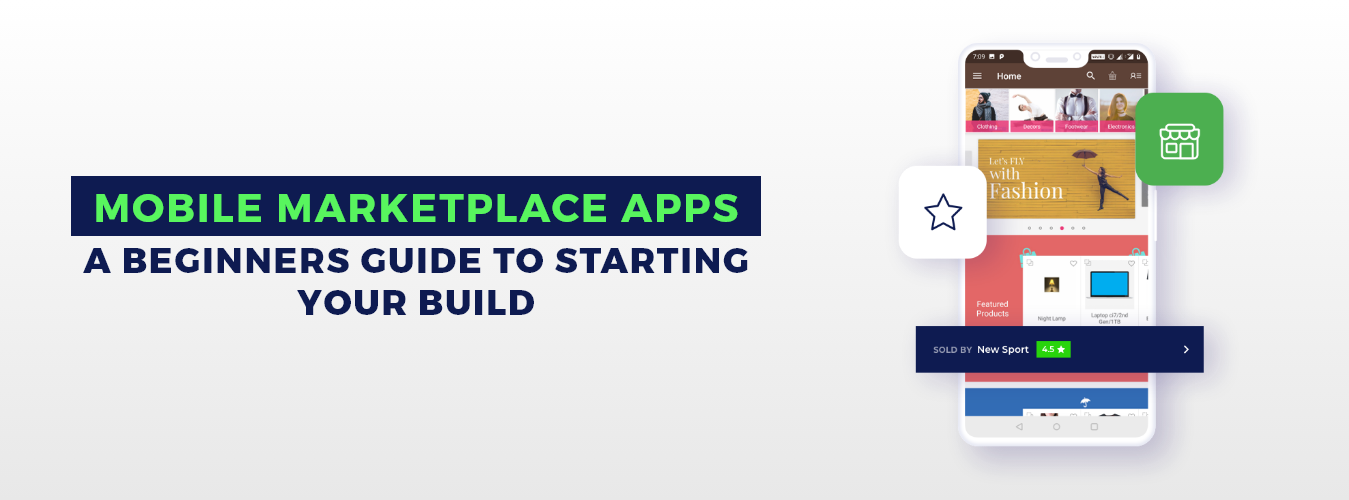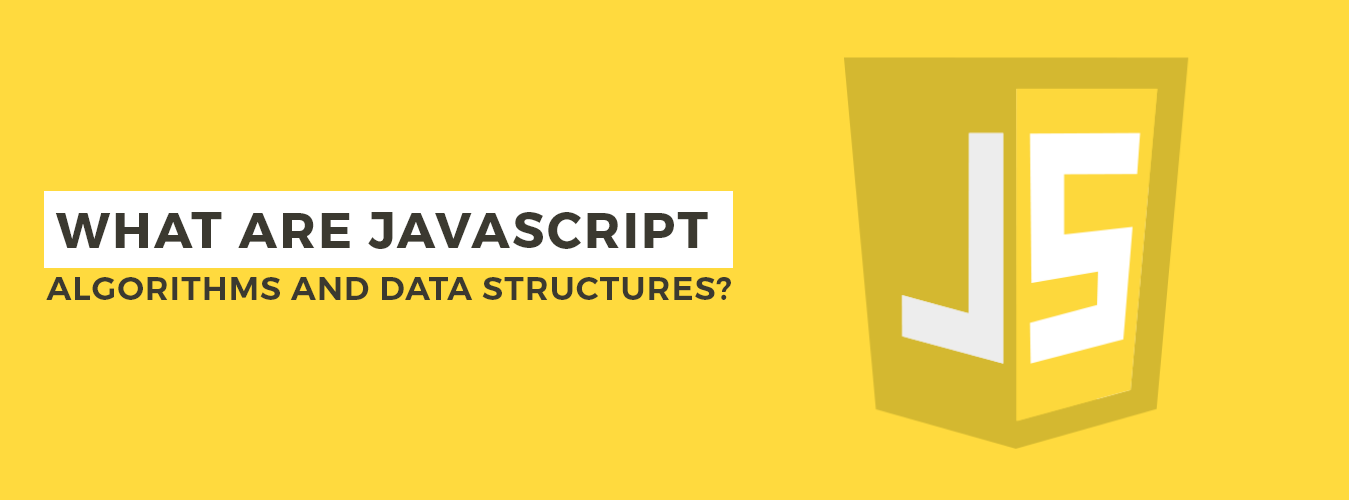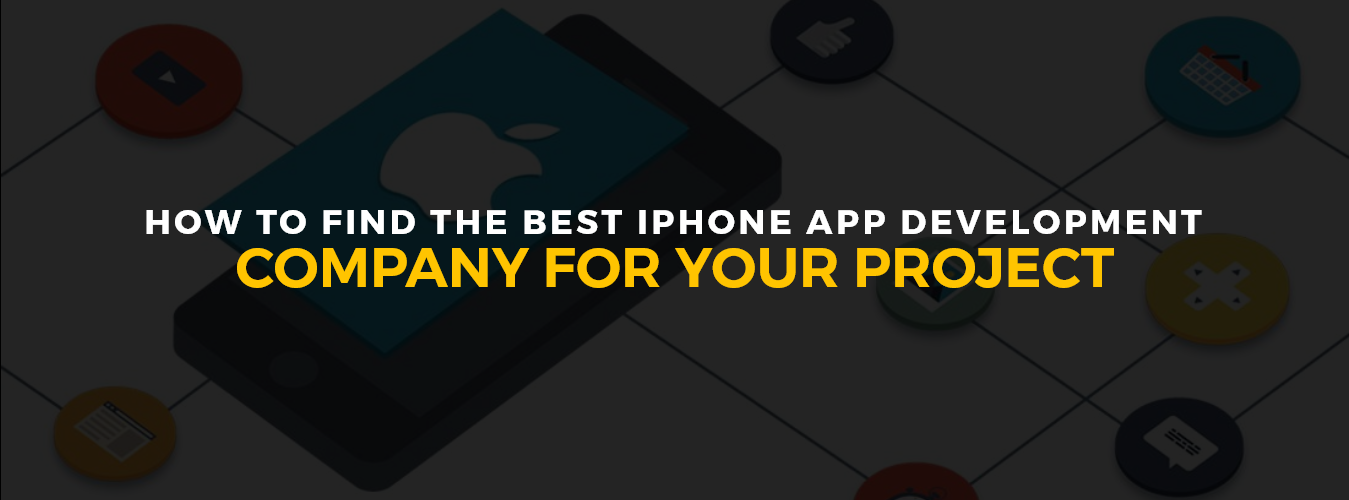Crafting Your Ideal Mobile App/Experience Starts Here!
Ready to elevate your business? Your custom app is just a click away.
Yes Let’s goWhat are Mobile Marketplace Apps?
Mobile marketplace apps enable buyers and sellers to communicate and complete deals using their mobile devices. These apps offer a platform for buyers and sellers, allowing sellers to post their goods or services and buyers to browse and buy them. Apps for mobile markets frequently have features like messaging capabilities; secure payment handling, reviews, ratings, and search and filtering choices. They are created to be convenient and user-friendly, enabling users to purchase and sell goods and services with ease.
Guide to building a mobile marketplace app:
You must take a few essential steps to be begun if you are interested in building a mobile marketplace app. An introduction to developing a mobile marketplace program is provided here:
Establish your niche
It would help if you thought about the following issues when defining your market:
- What goods or services will be available on your platform?
- What are the needs and preferences of your intended audience?
- What sets your market apart from current rivals in the same niche?
- How big is the industry in your place, and how much room is there for growth?
- What are the pricing policies and business methods you use in your market?
By responding to these questions, you can define your market with clarity and concentration. This definition will direct your app development and marketing efforts. This will enable you to distinguish yourself in a crowded market and develop a special and useful proposition for your users.
Research your competitors
A critical first stage in developing a mobile marketplace app is competitive research. You can find out what your competitors are doing well, where they are falling short, and where there are chances for your app to stand out by analyzing your competitors.
Here are some actions top mobile app development companies advise you to take in order to study your rivals:
Determine your rivals
Search engines, software stores, and social media can all be used to find the leading rivals in your market. Look for apps that are comparable to those in your marketplace in terms of functionality, target market, and cost.
Examine their attributes
To learn what features your rivals’ apps offer, download and use them. Look for the advantages and disadvantages of the style, usability, and user experience.
Examine their ratings
To learn what users like and dislike about the apps of your rivals, read the user reviews of those apps. Analyze trends, frequent complaints, and recommendations for improvement.
Identify any industry gaps
To find market gaps your app can fill, use the insights from your study. Look for chances to enhance already-existing features or provide users with something fresh and original.
You can learn important insights into what works and what doesn’t in your niche by studying your rivals. This can assist you in developing a strong mobile marketplace application that speaks to your target market.
Choose a platform
Selecting a platform is a critical first stage in creating a mobile marketplace app. There are many choices for developing mobile apps, and each platform has benefits and drawbacks. Top mobile app development companies utilize a variety of platforms depending on the project’s needs; a few of the platforms are described below:
Native app development
Building distinct applications for the iOS and Android platforms using their respective programming languages, tools, and software development kits is known as “native app development.” (SDKs). These apps offer the finest performance, user interface, and access to device-specific functions like the camera and push notifications. However, they may involve higher costs and upkeep and require more time and resources for development.
Hybrid app development
In hybrid app creation, a single app that works across multiple platforms is created using web technologies like HTML, CSS, and JavaScript. These apps can offer a consistent user experience across platforms and can be created more quickly and inexpensively than native apps. However, they might not have access to all of the device’s capabilities and might have problems with performance and scalability.
No-code app development
By using drag-and-drop interfaces and ready-made templates, no-code app creation platforms let users make mobile apps without having to write any code. Due to their low technical skill requirements, these platforms can be a good choice for small-scale projects or prototyping, which can also reduce expenses and save time. However, they might only offer a few customization choices, making them unsuitable for sophisticated or feature-rich apps.
The platform you choose for your mobile marketplace app should consider your budget, timeframe, level of technological skill, and business objectives. Making sure that the platform you select can support the features and capabilities you need for your marketplace is also crucial.
Develop a minimum viable product (MVP)
A vital stage in creating a mobile marketplace app is creating a minimum viable product (MVP). An MVP is a stripped-down version of your app that has the essential features and functionality required to try your concept and confirm your hypotheses. To create an MVP for your program for the mobile marketplace, follow these steps:
Set your MVP’s view
Determine the bare minimal of features and functionalities required for your app to be valuable to users. Concentrate on the key elements that set your app apart from rivals and address the problems that your target market is experiencing.
Create the MVP user experience
Design a user interface that is easy to use and enables users to browse your app and carry out the desired actions easily. Create mockups of your app’s screens using prototyping software or wireframes, then evaluate their usability with real users.
Also Recommend: app market research
Create the backend of your MVP
For your program, create a backend system to manage data storage, authentication, communication, and payment processing. Select a technology stack that can support your app’s demands and security requirements and is dependable and scalable.
Test and iterate
An essential stage in the development process is testing and iterating your mobile marketplace app. It entails testing your app with actual users, getting their input, and making adjustments. The following stages will help you test and improve your app:
Make use of trials
To get feedback on your app’s usability, functionality, and general user experience, test it out on a group of actual users. In-person testing, remote testing, or beta testing tools can all be used to accomplish this.
Gather criticism
Utilize surveys, interviews, or feedback forms built into your app to gather user input. Request detailed comments on the app’s functions, appearance, functionality, and any problems users may have had.
Analyze suggestions
Examine user comments to discover recurring themes and areas for development. Prioritize the feedback based on how it will affect the user experience and how challenging it will be to make adjustments.
Make advancements
Utilize the comments to enhance your app by fixing bugs, enhancing the user interface, and introducing new features. Implement changes gradually, testing each version to ensure it enhances the user experience.
Repeat the process
You can build a mobile market that is competitive, user-friendly and meets the requirements of your target audience by testing and iterating your app. On the basis of user input and market demand, keep testing and improving your app. This will assist you in developing an app that satisfies the requirements of your target market and offers a satisfying user experience.
Crafting Your Ideal Mobile App/Experience Starts Here!
Ready to elevate your business? Your custom app is just a click away.
Yes Let’s go







